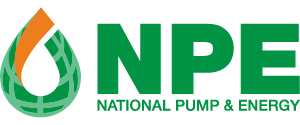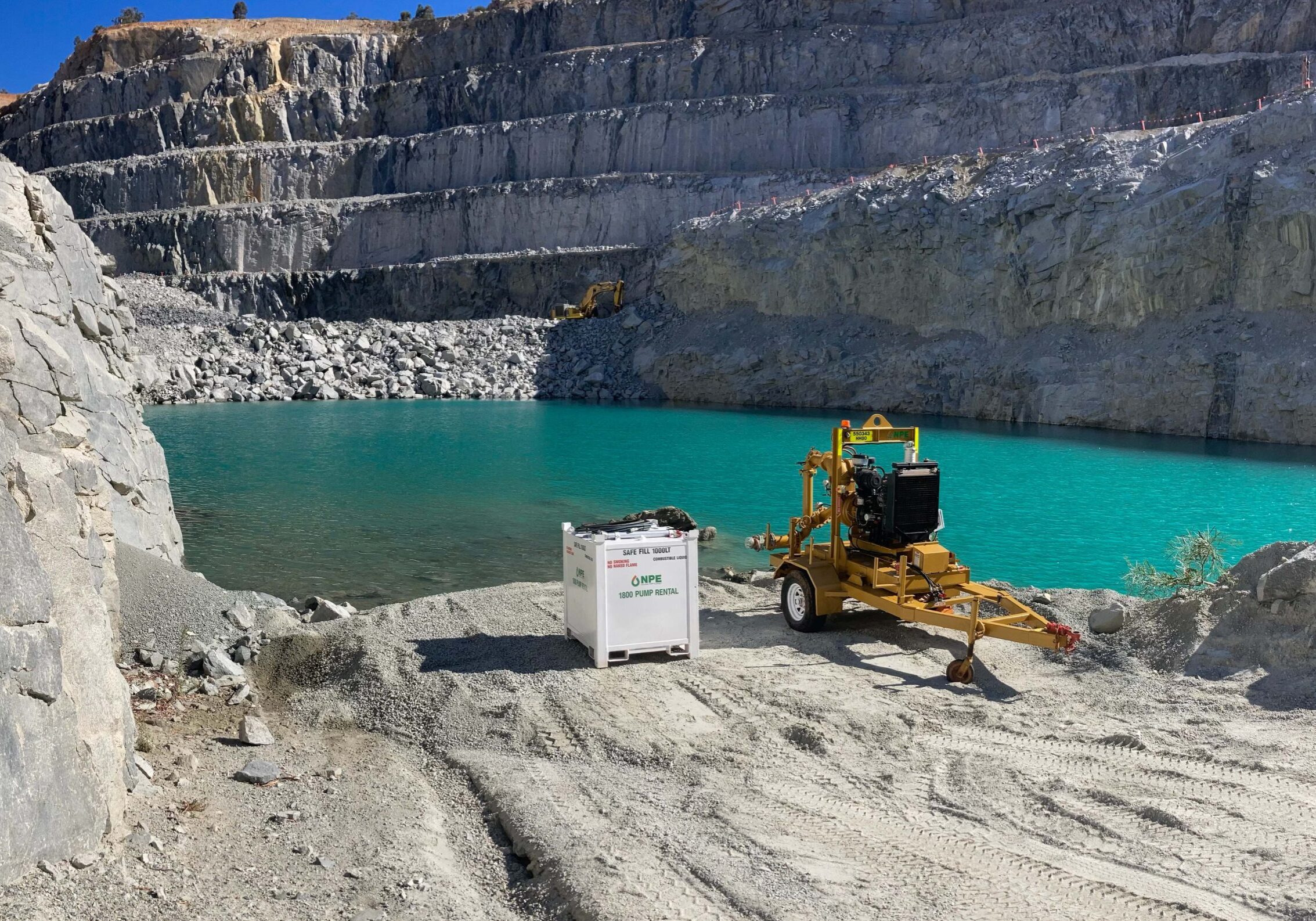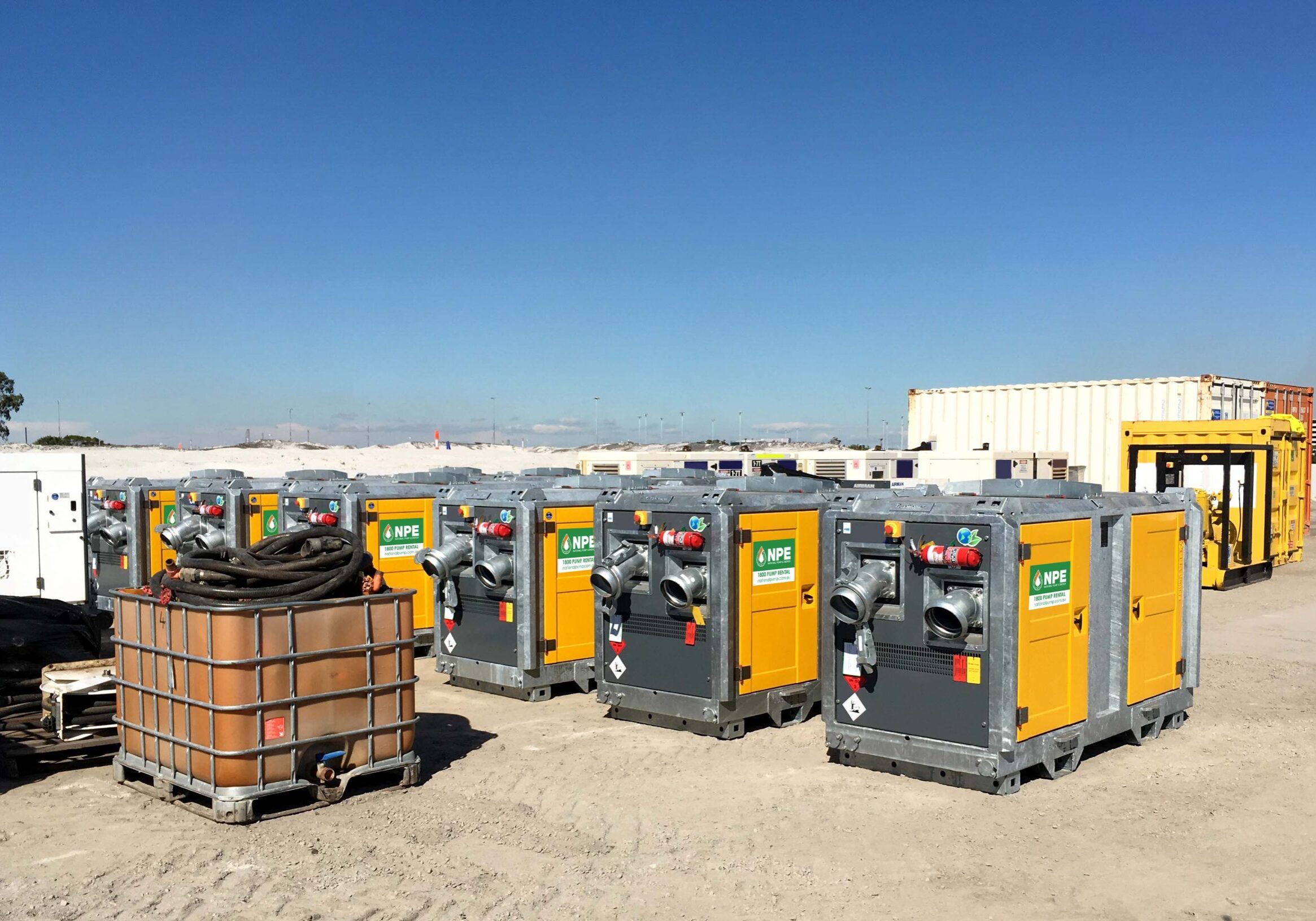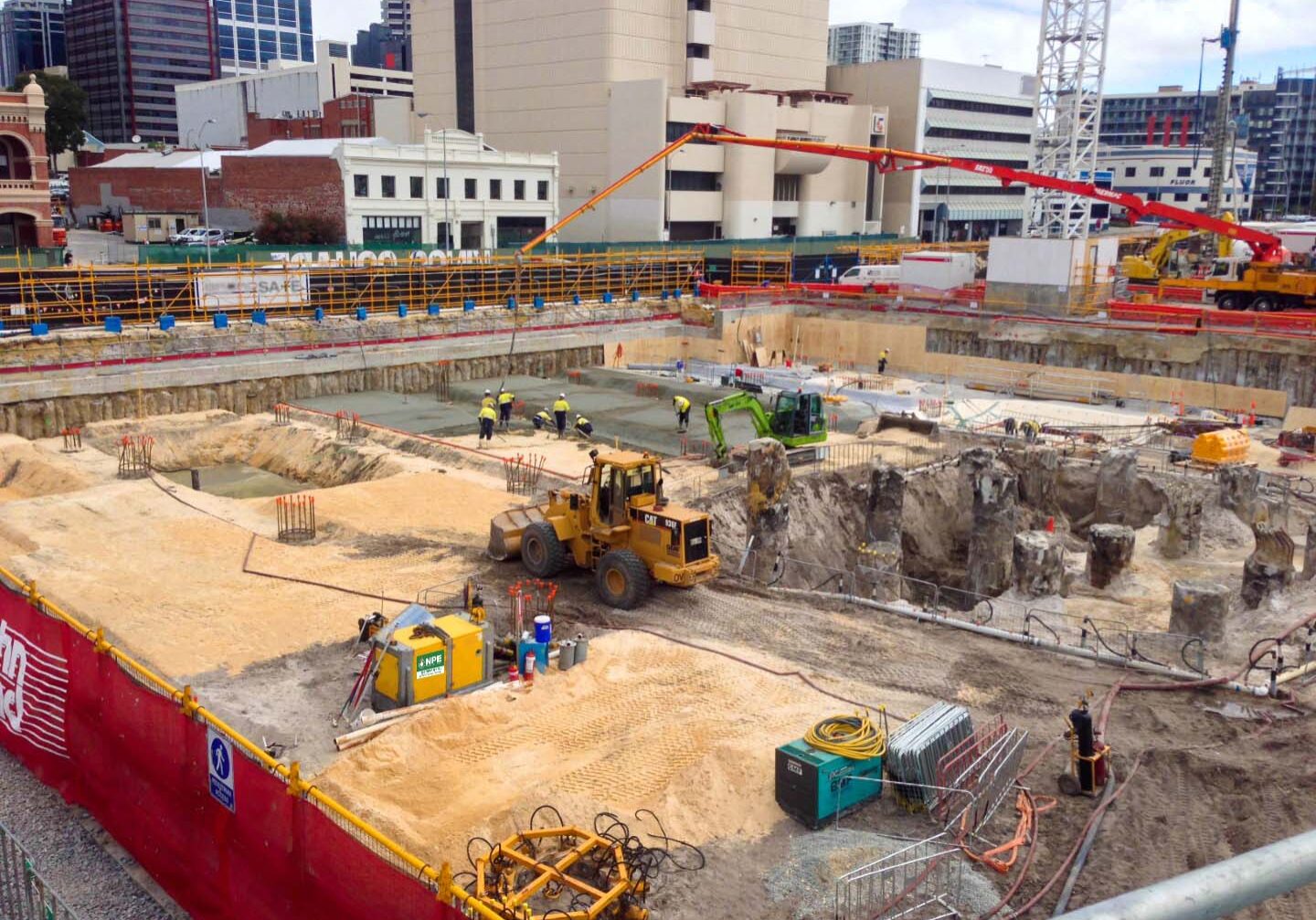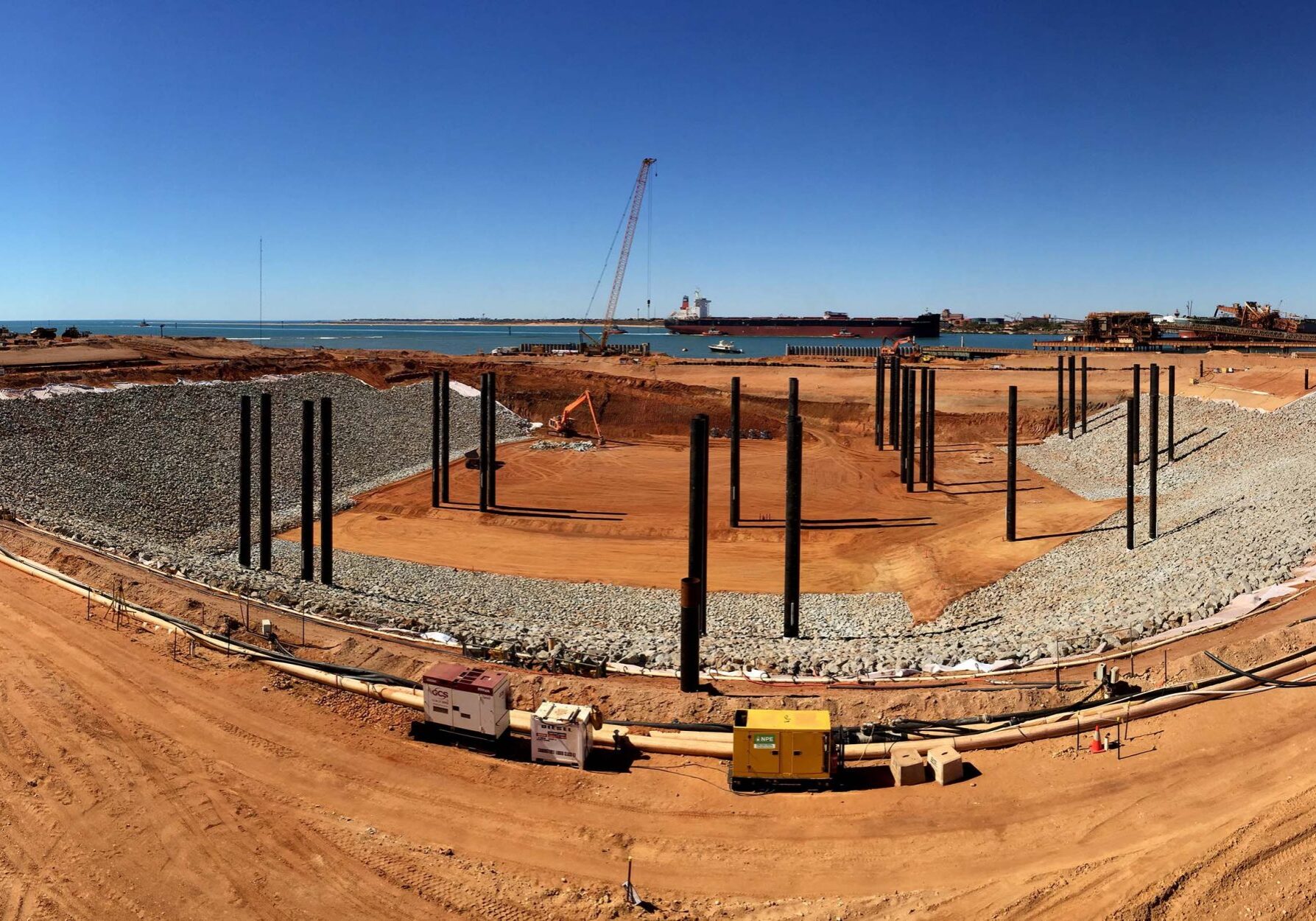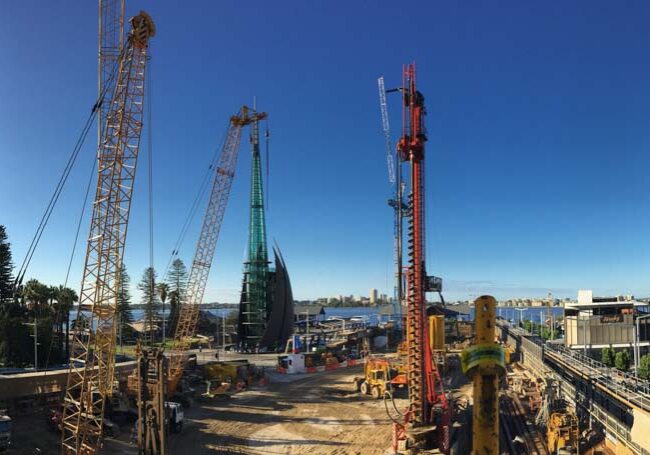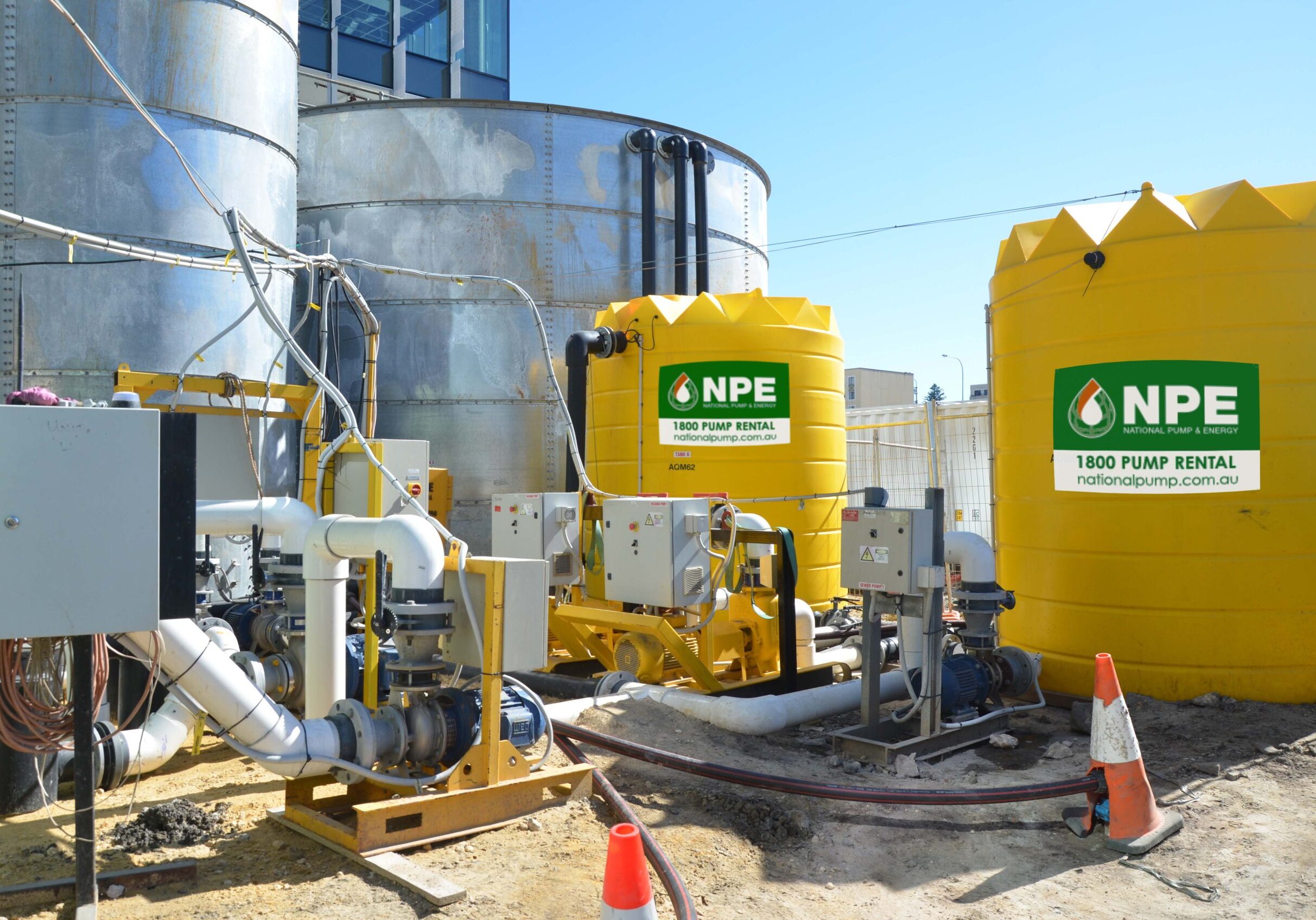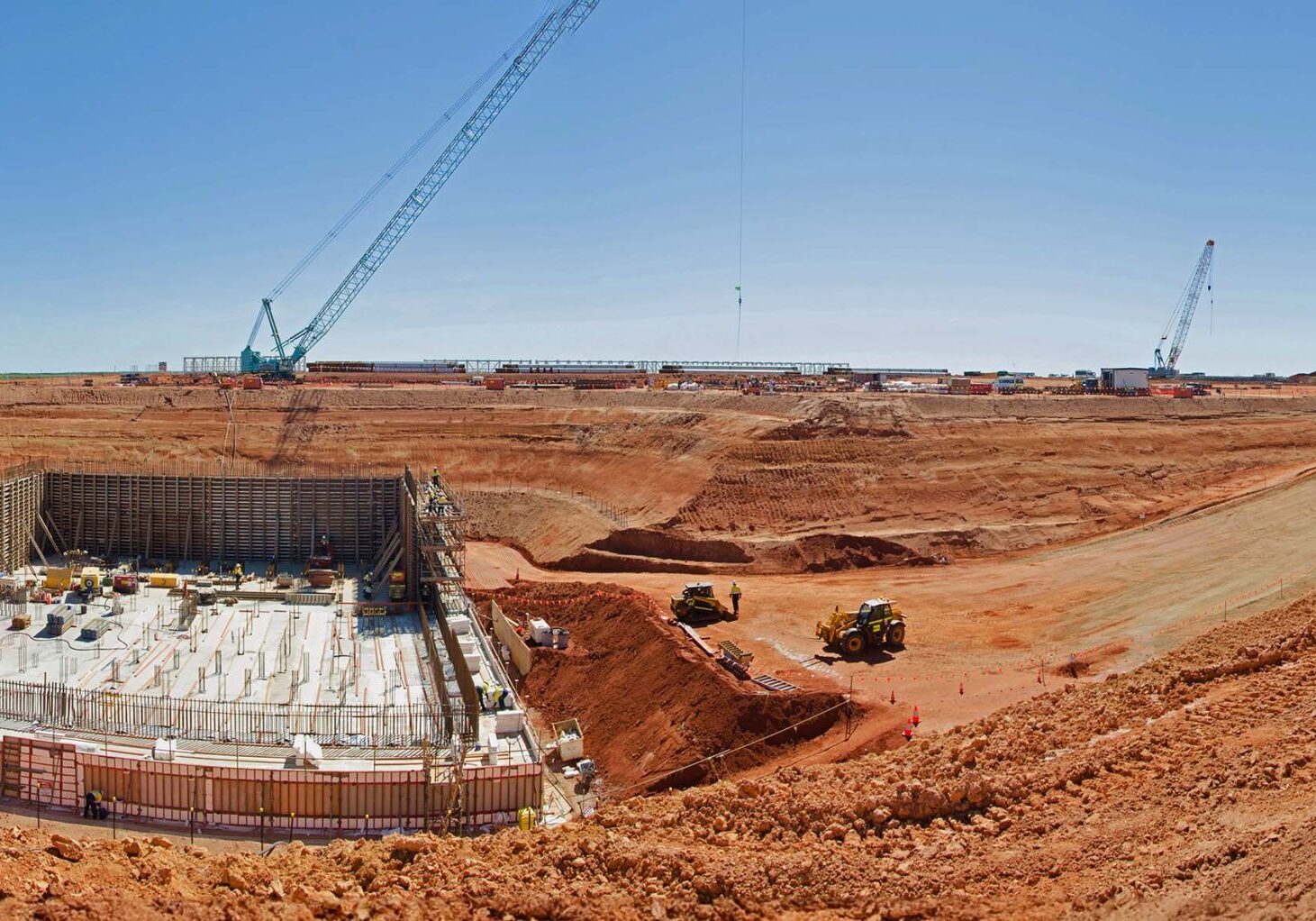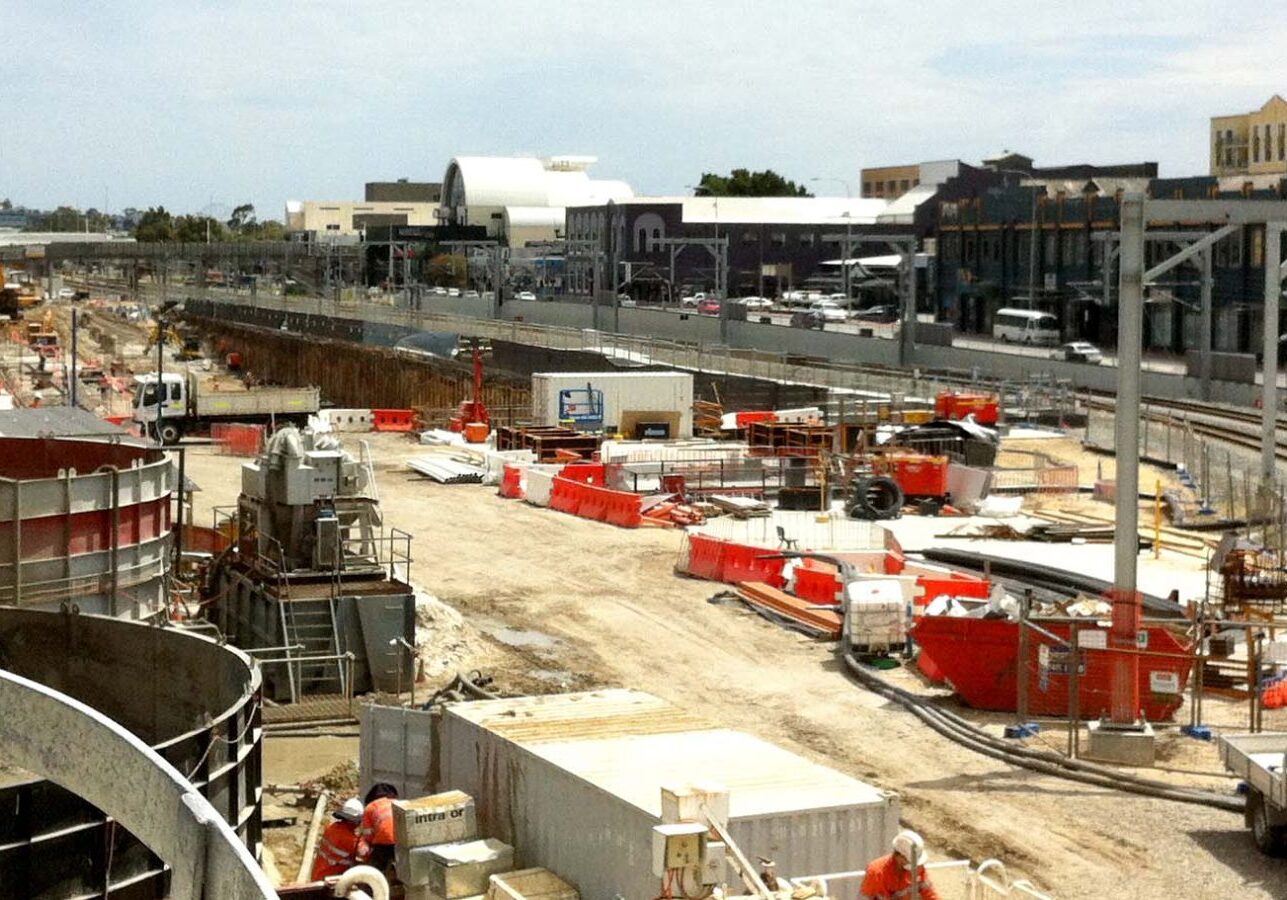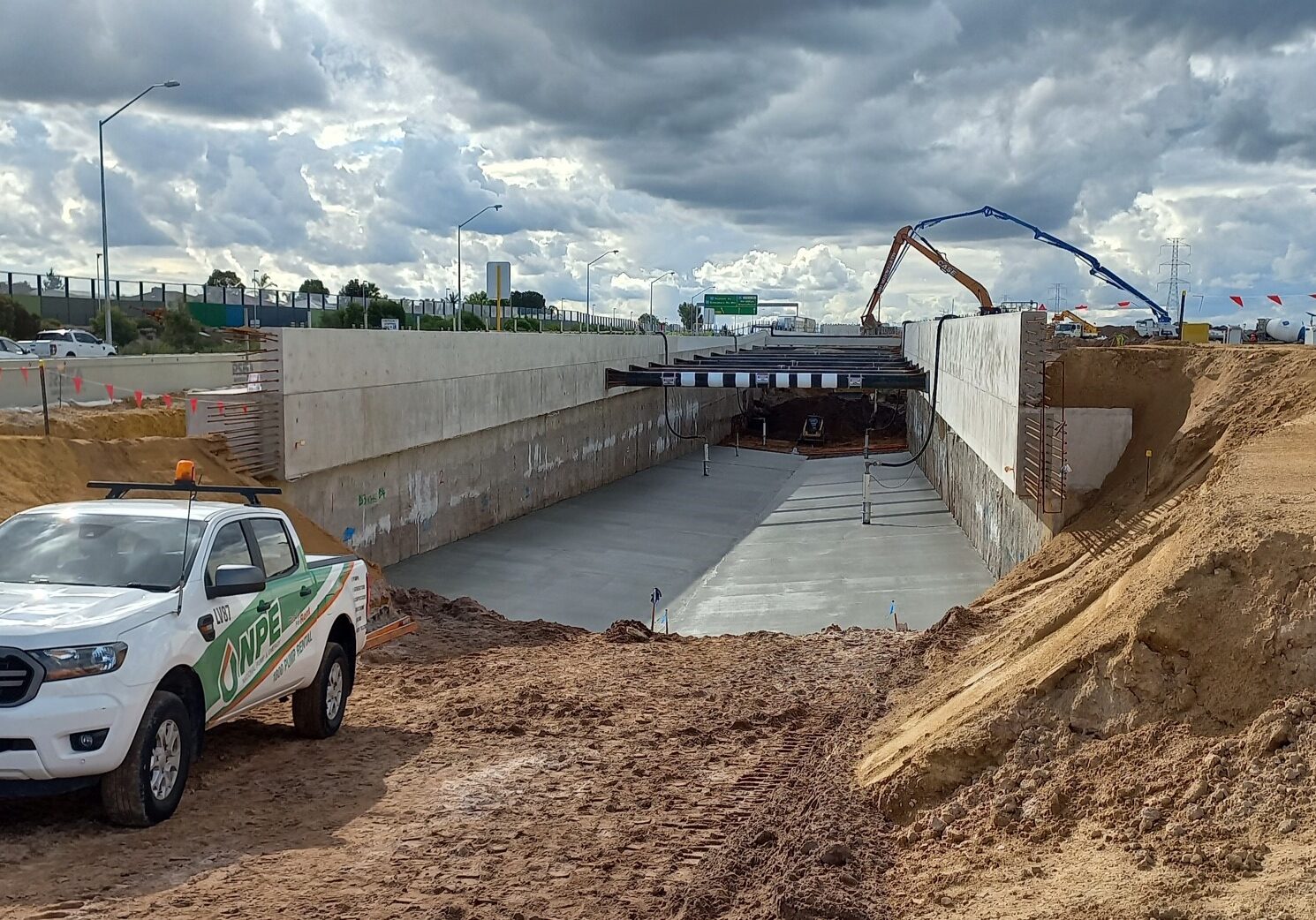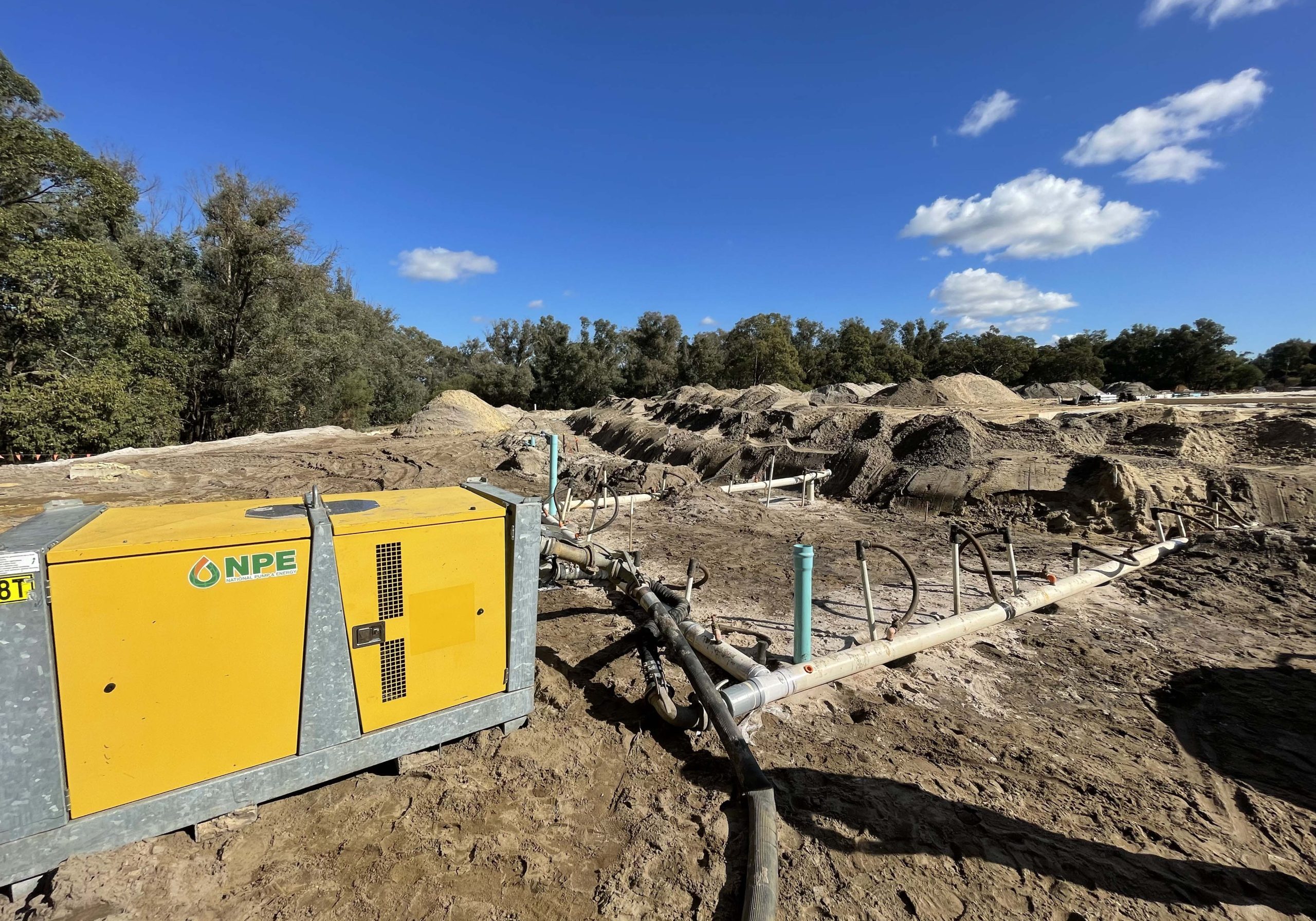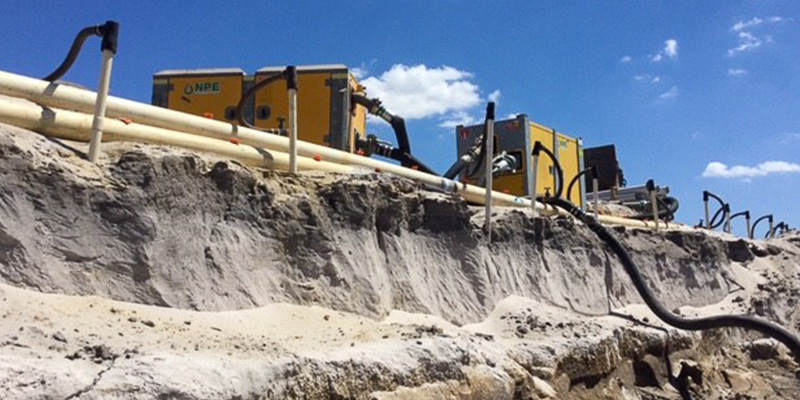
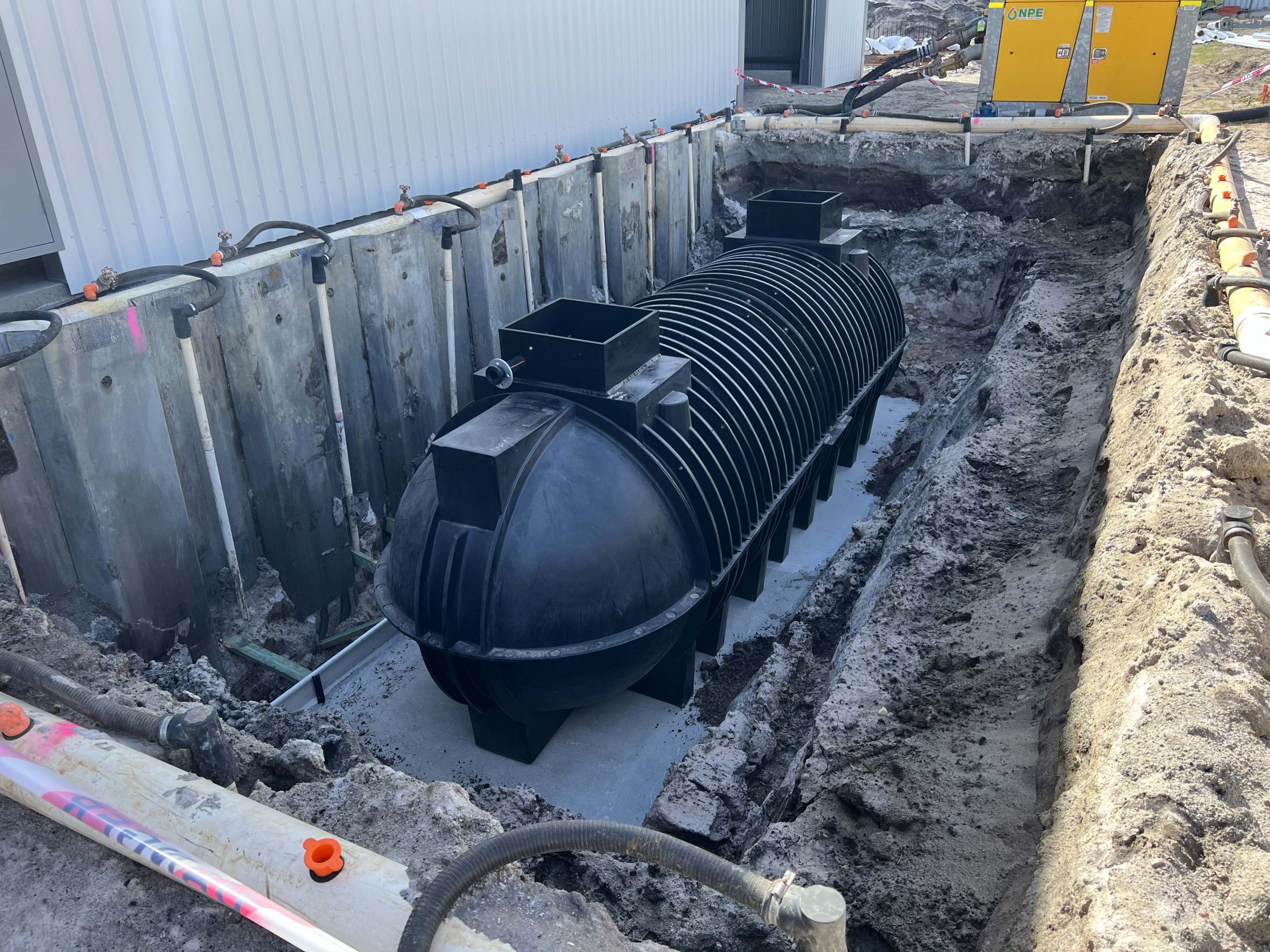
We have the experience, capability, and most importantly, commitment to help you with your dewatering project, Australia wide
NPE provides a full range of dewatering services to the civil, construction and mining industries. This includes dewatering of groundwater for civil and construction projects as well as open cut and underground mines.
NPE offers turn-key solutions for dewatering and pumping projects. From a major construction project to basic minor contracts, we take the hassle out of your site’s water management needs by providing the expertise required to get the job delivered. NPE specialise in end-to-end project management. This includes preparation of dewatering management plans tailored to each job, obtaining extraction and discharge licenses, risk management, installation and the operation of dewatering, sewer bypass and water treatment equipment.
We include the provision of compliance reports for local, state and federal governments to ensure that all environmental laws and regulations are met. The dewatering process begins with assessment of site soil conditions. Designs are formulated that include methodologies for the drilling of bore wells to the complete system installation and commissioning.
Underground Mine Dewatering Specialists
Underground Powerhouse
At NPE, we have been at the forefront of surface dewatering in Australia for some time, and now we are proving to be a powerhouse in the underground dewatering space.
With the ability to provide solutions tailored to our clients’ needs—whether it be rental units, new pump sales, spare parts, or offsite repairs—we are being recognized as the “one-stop shop” for all underground pumping needs.
Aside from having “seen it all,” our underground mining team is driven to think outside the box and provide alternative options for any underground dewatering issues.
We tailor solutions for every client because we understand that a one-size-fits-all approach does not work with the multitude of variables in mining.
The Best In The Business
We pride ourselves on having a “best in the business” team. With decades of experience and a thorough understanding of underground mining conditions in Australia, we love what we do and are passionate about underground mining.
The dewatering requirements of each site differ due to a number of factors, and our team aims to provide a tailored approach to every client’s needs. Our ability to listen to what our clients are aiming to achieve and to “think outside the box” when providing solutions has made us the go-to provider in an ever-evolving industry.
Our success has been underpinned by our ability to deliver on what we promise. With a branch network throughout Australia, we provide support to underground operations in every state. We also maintain an extensive rental fleet of underground submersible pumps (5kW–90kW) along with underground ancillary equipment, including hopper tanks and float modules. Additionally, our “super service centres” provide offsite repairs to our clients.
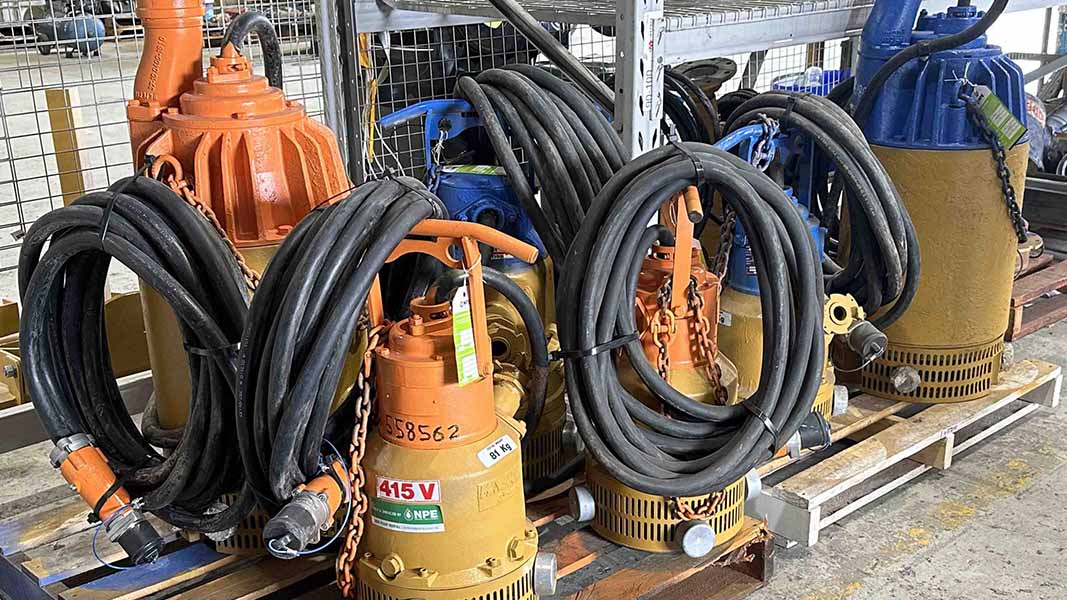
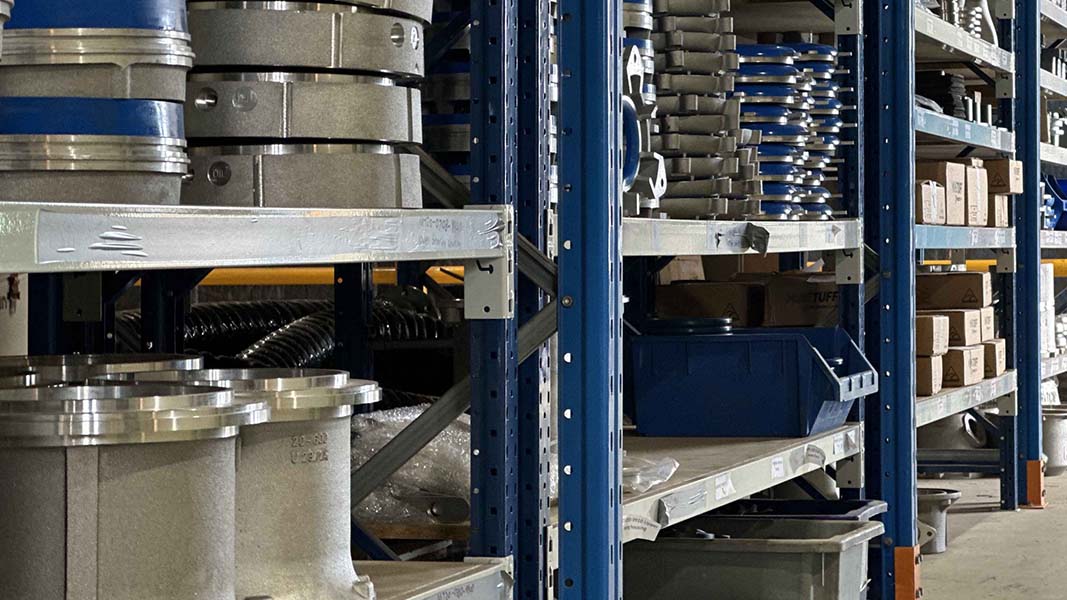

Groundwater Management
The basic goal of any dewatering project is to lower the water table below the working platform and keep it there for the life of the project.
The type of dewatering system that is most successful will be determined by the soil profile and permeability at and around the site. NPE will be able to calculate the number and size of wells needed to lower the water table in preparation for excavation. Positioning may also be taken into account in order to meet the client’s construction needs.
Effective groundwater management entails strategically placing wells to offer a dry working platform while also limiting the effects on the groundwater table (GWT) outside of the site.
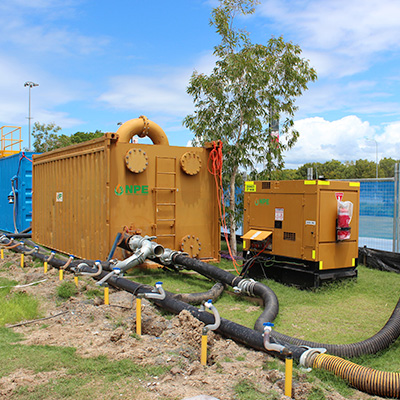
WellPoint Dewatering
In order to create a dry and stable working environment, wellpoint dewatering can be utilised to lower and control groundwater levels in excavations. It is particularly suitable for pipeline construction, shallow foundations, and trench excavations.
How It Works
A typical wellpoint dewatering system will include a number of wellpoints installed at calculated depths and spacing around or parallel to the excavation. High-pressure jetting is used to install these wellpoints into the ground, which can be done by hand or using machinery. A riser pipe connects the wellpoints to the surface, which is then connected to a common header main pipe through a flexbow.
The flexbows have an adjustable valve that permits trimming (controlling the amount of air and water entering the system) to provide a consistent vacuum and effective water draw. Depending on the water quality, the main header pipe is linked to a wellpoint dewatering pump and subsequently released to a predetermined point or through a water treatment system.

Sump dewatering
Underground dewatering and drainage are required for mining operations, quarries, and gravel pits to enable uninterrupted mining operations and to offer a favorable environmental solution. Abrasives such as sand, clay particles, drill cuttings, and other potentially damaging materials are frequently found in dewatering from rock faces in stopes in mine shafts, quarries, or gravel pits.
Sump dewatering is a dependable option in a variety of conditions, and it’s also known as the simplest, most cost-efficient, and most successful dewatering approach. A sump is a hole or region in the ground (deeper than the basement floor) where water is collected and pumped away to be disposed of.
How it works
Drains and sumps are constructed at one or more sides or corners of the foundation pit. The drains collect the groundwater and convey it into the sump. From the sump, the water is continuously pumped (either manually or mechanically).
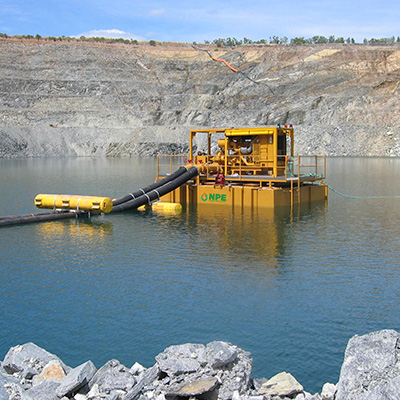
Open Pit Dewatering
Pit Dewatering is critical to the overall safety and production of a pit mining operation. Large amounts of water on a mining or construction site can stop progress in its tracks. The removal of high volumes of water from mines which have been kept in “Care and Maintenance” can be achieved quickly using Pontoon mounted high-head pumps.
How it works
Use of either diesel or electric drive high-head pumps mounted to pontoons. The pontoons will float on the surface of the water as the water level inside the open pit is dropped. The use of a pontoon also negates the requirement to reposition or lower a pump that is mounted on the ground at the side of the pit as the water level lowers.
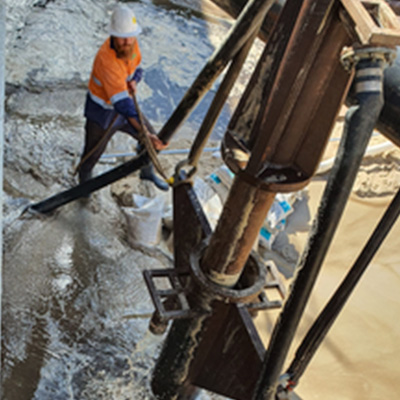
Deep Well Dewatering
Deep Well Dewatering is achieved by excavating deep wells in soils or rocks. Deep Well Dewatering is required when a large amount of groundwater must be pumped from great depths.
The number, depth, and spacing of deep wells, as well as the capacity of the pumps, will vary depending on the site conditions.
Deep Well Dewatering is a cost-effective and efficient way for dewatering larger projects with excavations greater than 4m or when a wellpoint system is deemed inadequate.
How it works
A drilling rig is required to drill and install a screened well from ground level down to a predetermined depth. Then each deep well is equipped with its own submersible pump and riser pipe to discharge the groundwater from the well.
Deep Well Dewatering offers minimal noise, simple installation and low maintenance. It is environmentally friendly as in most cases, the water is taken off-site and treated before being discharged. NPE monitors and treats groundwater as needed using out telemetry and water treatment technology.
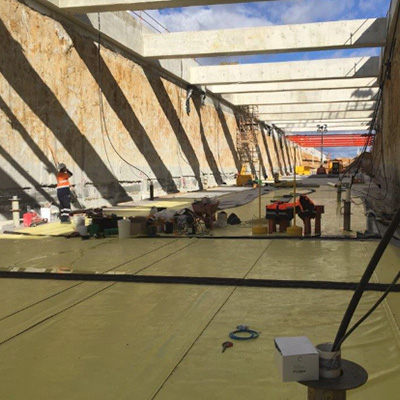
Horizontal Dewatering
Horizontal Dewatering allows for rapid reductions in groundwater levels, allowing groundwork for sewers, building excavations, cables, and pipes to be completed with minimal risk.
How it works
Horizontal Dewatering works on a simple basis. Specialist dewatering trenching equipment is used to dig a trench and install horizontal perforated pipe into this trench and backfill as it goes, all in one continuous process. This perforated pipe is then coupled to a vacuum pump at surface level. Once the pipe is under vacuum, groundwater is than sucked through the perforations within the buried pipe and pulled to the surface before it is pumped away using discharge pipe work above ground.
Horizontal dewatering has the advantage of being less expensive because it requires less labour cost and is installed very quickly. Horizontal dewatering allows excavators and other equipment to travel freely around the area because the entire system is practically underground.
View Project Spotlight's
Tug Harbour Project, WA
NPE were contracted to perform dewatering work and water treatment for…
Read MoreDewatering & Water Treatment at Perth Busport Project, WA
NPE were involved in this project for the drilling and…
Read MoreNorthern Dive Update – WA
Our client Tonkin Gap Alliance is constructing the Northern Dive…
Read MoreSpear Dewatering for Deep Sewer Installation
Georgiou contacted NPE to install a Dewatering system into a…
Read More